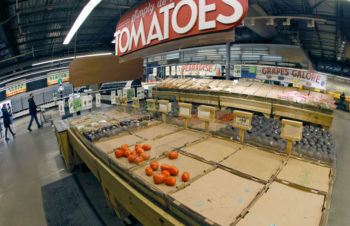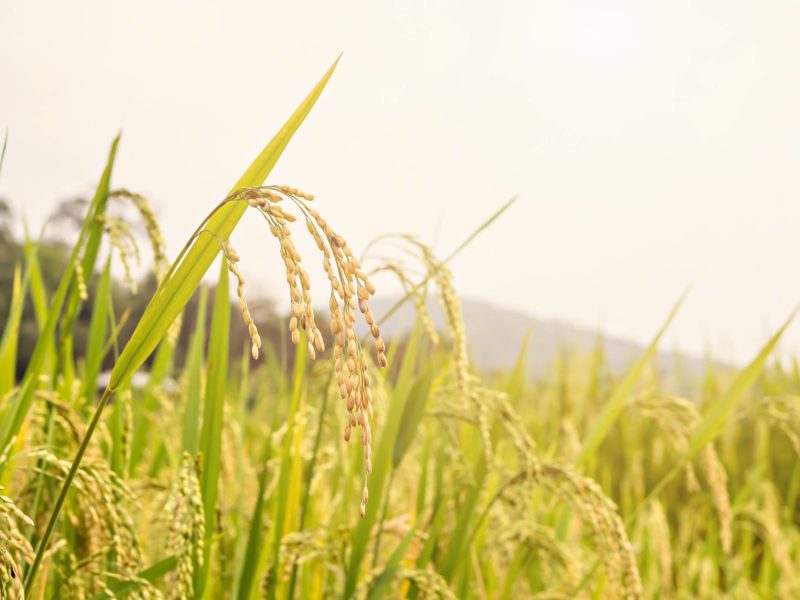Texas Grocery Stores Emptied By Winter Storm

The shelves of Texas grocery stores are seriously picked over, if not empty, for the second time in less than a year, said a Texas A&M AgriLife expert. But winter storm-related supply chain shortages are different than those consumers experienced during the early days of the COVID-19 pandemic.
It’s a matter of supply and demand, said David Anderson, Texas A&M AgriLife Extension Service economist, Bryan-College Station.
“This is not another COVID situation from last March,” Anderson said. “This is a really harsh winter storm. Of course, the effects have been exacerbated by the electric grid and water problems.”
He explained that snow and ice storms, as well as other weather events, can and do cause food production problems, both short- and long-term.
Many AgriLife Extension agents and specialists, as well as other government officials, are assessing damages this week and turning those reports in for a state assessment of expected losses and economic impacts. Some impacts can be seen immediately, while others, especially on crops subjected to freezing temperatures for extended periods, need some time to materialize once the snow and ice have melted away.
“If a cattle packing plant is shut down, then beef production will be lower one week but back up the next,” he said. “Also, these weather events may destroy crops like vegetables or fruit. If they do, then we’ll have tighter supplies and higher prices until the next production can occur either from another region of the world or part of the U.S. If the storm killed a lot of chickens, then we might have lower production for a few months and higher prices.”
So, while this is a transportation and supply chain issue again, it is one that will be mostly short in nature. What occurred last week and through the weekend in the stores is the result of understandable occurrences, Anderson said. With a little more time to resupply shelves, things should soon be back to normal, he said, as it’s not a food production problem.
“In extreme events like this people go to the store and buy a lot of stuff to get through the event,” he said. “Then, during the event, the trucks to resupply the shelves can’t get through, so there is nothing there. And all the folks working to refill the shelves were also affected by the storm — their homes faced the same problem, they have trouble getting to work, and the trucks can’t move until the storm passes.”
However, Anderson said, this situation was a consumer issue as well – one seen during the early stages of the pandemic. In addition to overcoming the urge to overbuy on some items, consumers had to learn to be flexible in their choices until things returned to normal.
“I can’t help but think there is some demand side to this too,” he said. “All of us consumers rush out to buy stuff, overwhelming the system. That’s fine. You need to get stocked up for not being able to go out. But I think also we could probably all use some flexibility. We expect the shelves to be full no matter what. We expect to be able to get whatever we want, whenever we want it, regardless of season. I think some flexibility, planning and patience would help us all.”
This article by Kay Ledbetter originally appeared on AgriLife Today.





